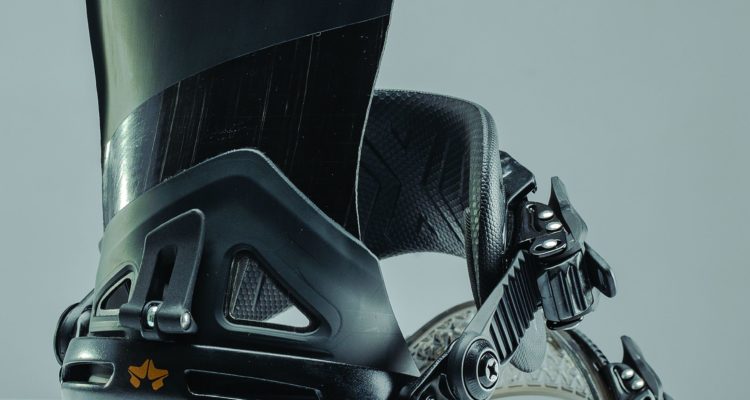Strong, durable and lightweight composite materials are a natural fit for the consumer products industry. From sporting goods to home appliances, composites are increasingly used for many applications.
Manufacturers of cell phones, tablets and smart watches are reducing the size and weight of their products because they can use very thin, durable and impact-resistant composite materials for casings. Companies that specialize in athletic shoes are incorporating carbon fiber into the plates of running shoes, providing a lightweight stiffness that can boost performance. In addition, layers of carbon fiber composites in basketball shoes add cushioning that absorbs shock and reduces stress on the player’s body.
Here are a few detailed examples of how composites are transforming consumer products today, and a preview of some material innovations that could help the industry gain an even greater share of this market in the future.
A Better Ride for Boarders
The bindings on a snowboard are key to the quality of the ride that snowboarders enjoy. Bindings transfer riders’ muscle movements to the board, enabling them to control it. For the best snowboarding experience, the highback of the binding – the heel-side ankle support – needs to be strong and durable, but also extremely lightweight with just the right amount of flex.
The design team at Rome Snowboards wanted to create a new, highly-advanced binding for its portfolio. Material supplier Avient suggested a binding made using a thermoplastic injection overmolding process. The company’s advanced composites technical team worked with Rome Snowboards to determine the right material, testing various combinations of engineered resin and reinforcement, fiberglass content and laminate configurations.
Avient found the sweet spot in its Polystrand™ eight-ply fiberglass reinforced polyethylene terephthalate glycol (PETG) laminate overmolded in nylon. The fibers in Polystrand lay flatter than a traditional woven composite, which provided additional durability to the binding component. The PETG resin helped ensure the binding had the flexural strength and impact resistance that Rome Snowboards required.
Rome says its Black Label binding, introduced to the market in 2021, is the lightest and most responsive binding it has ever produced.
Metallic Appearance, Composite Advantages
Kitchen appliance manufacturers still rely primarily on metal for refrigerators, stoves, dishwashers and ovens. But for certain components, such as control/console panels, door trims, handles and knobs, composites are the material of choice.
“Composites do exceptionally well in cooking products, whenever you have heat, dimensional stability issues and design constraints,” says Scott Balogh, president and CEO of Mar-Bal, which compounds, molds and finishes thermoset composite products.
To increase the size of the oven cavity, for example, manufacturers have cut down on the thickness of the insulation. To protect oven users, they must use materials on the exterior that don’t retain heat. Mar-Bal manufactures oven door vents, control/console panels, handles and decorative trim parts that help keep an oven’s exterior surfaces within UL’s touch temperature standards.
“Oven doors and console panels have been a huge growth area for us,” says Balogh.
When selecting appliance components, manufacturers also require a material that can easily accommodate constantly changing kitchen design trends. Stainless steel finishes have been the top choice for more than a decade, but other finishes, like black stainless, copper and bronze, are popular as well. Composites manufacturers can provide the desired finishes using physical vapor deposition (also known as vacuum metalizing).
Mar-Bal calls its proprietary process THERMITAL. The composite components are placed in a large vacuum chamber, and atomized metals are deposited on their surfaces in a thin film. By using different types of gases during the application of the metal, Mar-Bal can achieve a variety of colors similar to conventional coatings: stainless (silver, black and blue, both shiny and matte), tin, aluminum, titanium, copper and brass.
The metallized coating – about the thickness of a human hair – is covered by a sprayed-on, ultraviolet curable paint. It’s a non-solvent coating, so it’s an environmentally friendly process.
Although physical vapor deposition has been used for the reflective back sections of vehicle headlamps for almost a decade, it’s only within the past five to seven years that appliance manufacturers have become more interested in this usage, according to Balogh.
Futuristic Furniture Forms
Based in Italy, the style capital of the world, Mast Elements says it is the first company in the world to produce carbon fiber furniture.
“Carbon fiber has many advantages; it is five times stronger than steel and much lighter,” says Marco Cighetti, the company’s export manager. “Thanks to these features, we can provide unusual designs that are otherwise impossible using other materials.”


